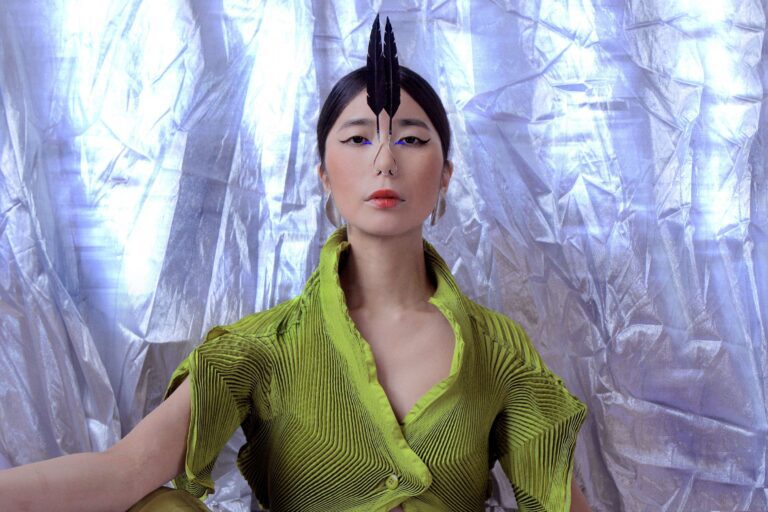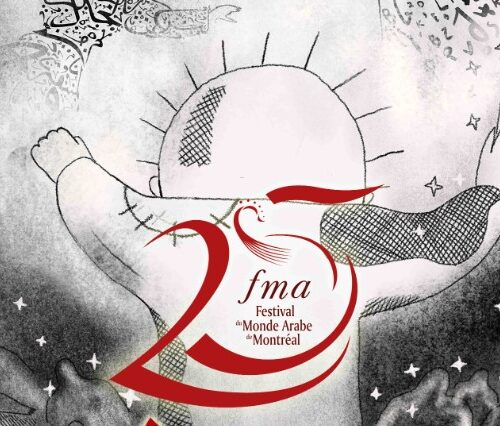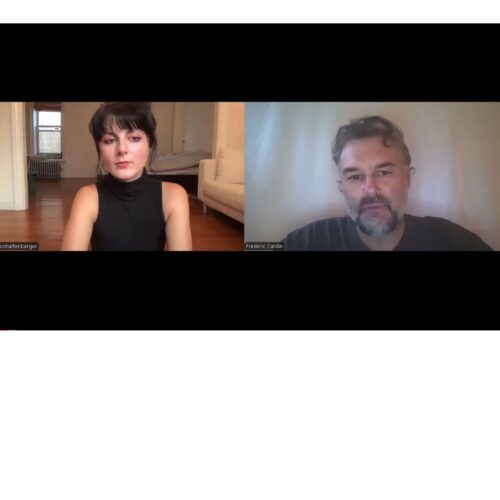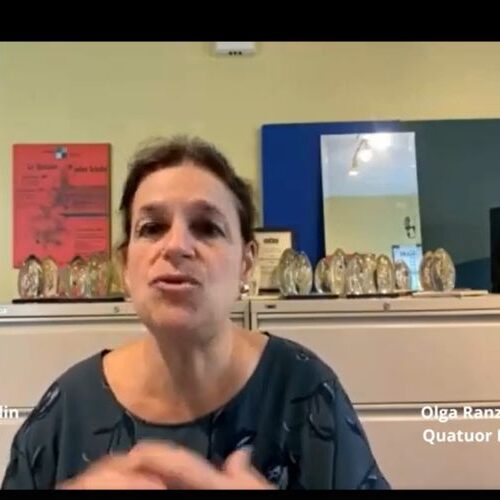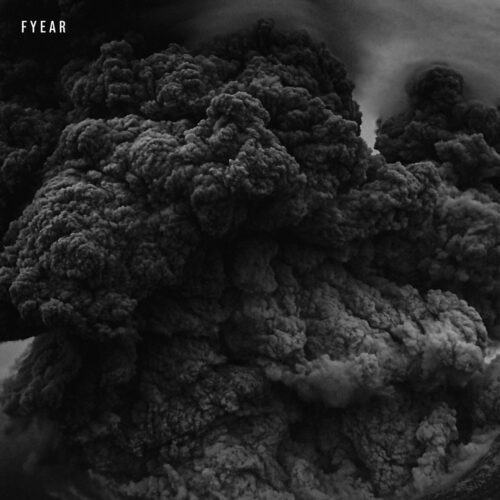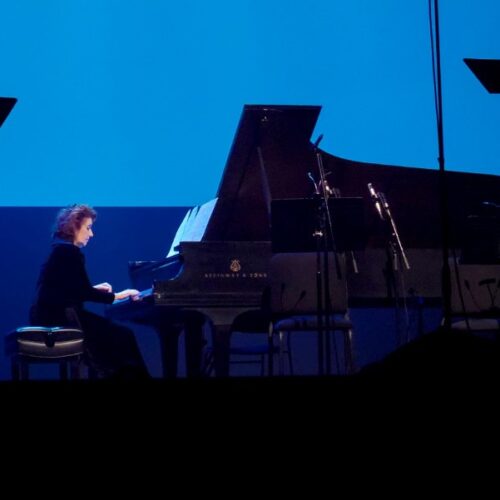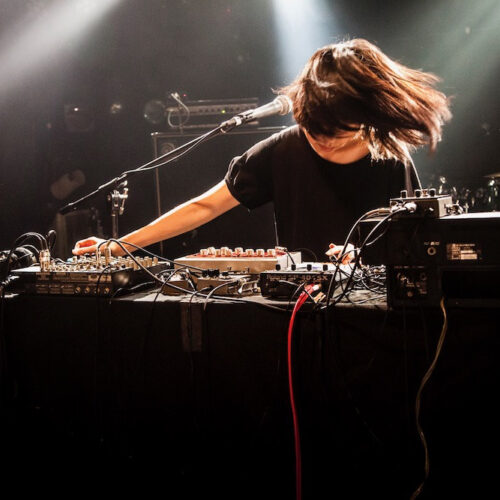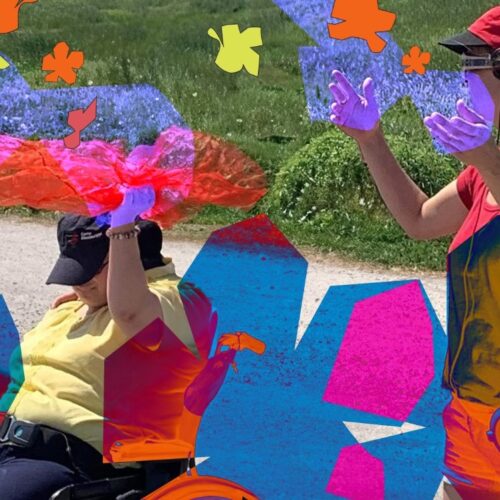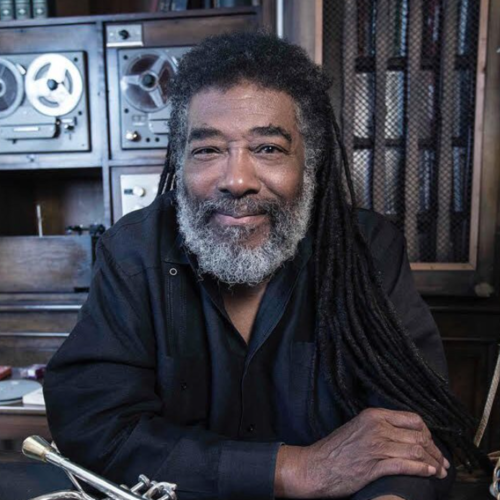Additional Information
Hatis Noit, a multi-talented Japanese singer from a small island off of Hokkaido shocked the electronic and electro-acoustic world last year with the release of Aura, an experimental album with a focus on the voice that was released on Erased Tapes, the home of the ambient electronic wonderboy Nils Frahm. The result is a meditative, sometimes ambient affair that feels more like a listening of Buddhist or spiritual prayers than a full album.
There’s really nothing like it, and live, Hatis Noit is another kind of beast entirely. It’s moving and begs to be experienced in person. Luckily Hatis Noit is playing her debut Montreal performance at this year’s MUTEK. Of course, there is another aspect to look forward to, a real-time AI response, programmed by Yuma Kishi, to Hatis Noit’s looped vocals. We had a brief chat with Hatis Noit before her performance to learn a bit more.
PAN M 360: Did you grow up in a musical upbringing? Was singing encouraged during your childhood?
Hatis Noit: No. There was not a single musician in my family. Although I loved to sing since I was a child, according to my family, I was a quite bad singer. They told me that when I came home from school singing, they knew that I had come home just by the sound of my voice. I am glad I didn’t listen to my family’s complaints and kept singing (haha).
PAN M 360: The song “Himbrimi,” always makes me sombre and I can’t explain why because I don’t understand the language, but there is something that resides within your vocal style. What is that song about, and going off that, do you believe music to be a universal language?
Hatis Noit: Interestingly, you are not the first person to tell me that you feel ‘sad’ when you listen to “Himbrimi.” It’s actually a very playful and fun song for me. There are no lyrics to that song and there is actually no specific storyline. Music is for me a language that is so much more eloquent than words and contains all kinds of memories, sensations, and information that is too rich to be described in words. I think that when such symbolism of music is translated back into its meaning again, people somehow connect with their memories and sensations. It is very therapeutic and I like that aspect of music very much.
PAN M 360: The great William Basinski created a rework of your song “Inori” a few months back. Was that more of a collaboration and how did you get willed into existence?
Hatis Noit: I was really touched that William understood the song “Inori” so deeply and that he embraces its grief so gently by the sound. The sound of the piano, which means home to him, gently embraces the memories of the homes that the people of Fukushima lost by the earthquake, tsunami, and nuclear power plant disaster. It has become a very special collaboration for me.
PAN M 360: You shocked the world with Aura, but have you already begun working on your next project?
Hatis Noit: Having done so many live shows since I released Aura paradoxically has motivated me to make another album. I feel like making myself vulnerable again on stage performing new songs.
PAN M 360: Since you use a looper for your voice, there must be a lot of spontaneity in your performances. More improvisation with yourself?
Hatis Noit: Yes, as you imagined, my songwriting process starts with improvisation, together with my only instrument other than my voice, the looper.
PAN M 360: Your music seems very meditative, not only to listen to but to make on the spot. So going off that, how important is the audience to your performance? Or do you view it more as a personal trance?
Hatis Noit: Audiences are very important in my performance. When I sing, I try to connect musically and energetically to the space and the people there. I get inspired so much from them, and in a way, my performances change every time. I think that the physical spaces in which I sing, and the people who are with me there, are the second and third members of my performance.
PAN M 360: For MUTEK, you will be performing with Yuma Kishi and he will be using AI to create some sort of multimedia experience. What can you tell us about this planned show and are you already aware of Yuma in the art world?
Hatis Noit: For the song, “Angelus Novus,” I will perform with visual art by Yuma. An AI programmed by Yuma will generate images in real-time in response to my singing voice on stage. Fed by my voice, the AI will show three moving Asian figures including myself, showing their individual identities, genetic similarities and differences, merging and moving apart again across the both physical and spiritual boundaries of us. By that, I want to show the certainty and ambiguity of “self,” and the potentiality of both.
HATIS NOIT PLAYS MUTEK A/VISIONS 2 ON AUG 26, 7 PM – TICKETS HERE
